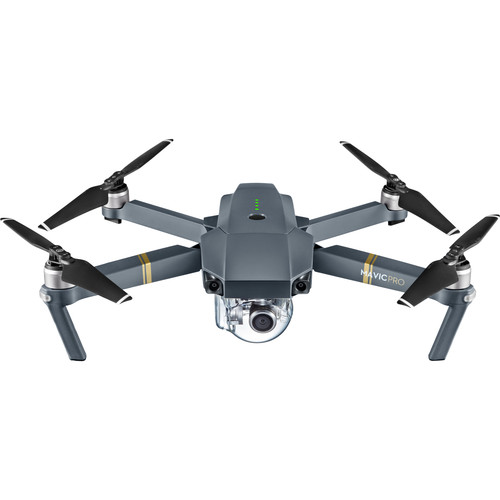I frequently get asked about my camera equipment. I put together a list of the gear in my bag, as well as some of the gear that I have rented. There are lots of reviews on the web so I thought I would talk about my favourite features, and the situations that I choose one lens or camera over another. For more detailed product information, follow the links included.
Cameras
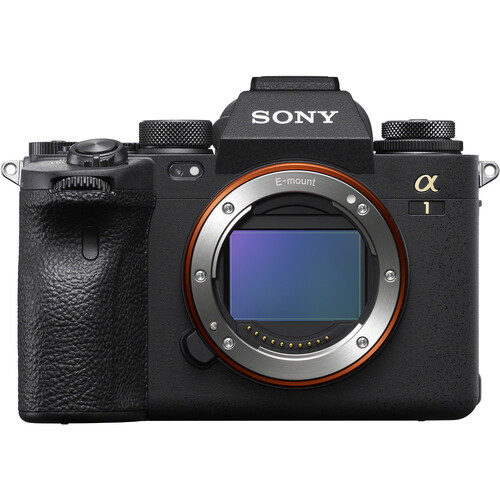
Sony A1. Everything you’ve ever loved in a Sony, wrapped up in one body. I have been shooting with Sony cameras for six years. Every time Sony comes out with a new camera body I can’t help but think “this is more than I ever thought possible.” Then Sony released the A1. This camera is a hybrid of the high resolution R line up, with the speed of the A9, and more light sensitivity for shooting in low light than should be possible with a 51 mega pixel sensor. This camera is for the shooter who does it all from wildlife, to portraits, to landscapes and night photography.
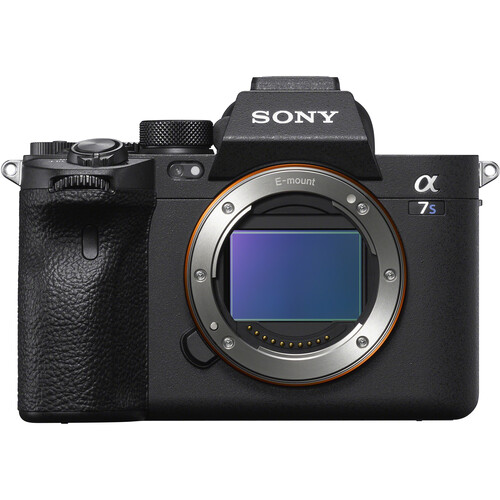 Sony A7S III. The Sony A7S Mark I was my first Sony camera. As many of you know, I fully switched from Canon to Sony in October, 2016. At that time, I was shooting a lot of engagement photos under the stars. When trying to photograph people at night, you need to minimize your shutter speed as much as possible to reduce movement in your subjects. I did my research, and talked to other photographers who specialized in low light shooting, and decided on the Sony A7S. The sensor on this camera blew me away; I was able to achieve super sharp images with short exposures, and high ISOs. What really sold me on Sony was shooting with both my Canon and my Sony A7S on a trip to Scotland. When I got home and looked at the images from both cameras at the same locations, I was in a state of complete disbelief. The images from my Sony were so much sharper. Every image shot on my Canon looked soft even at sharp apertures. I bought the Sony A7R II as soon as the jet lag abated. The A7S is still my ‘go to’ camera for night photography.
Sony A7S III. The Sony A7S Mark I was my first Sony camera. As many of you know, I fully switched from Canon to Sony in October, 2016. At that time, I was shooting a lot of engagement photos under the stars. When trying to photograph people at night, you need to minimize your shutter speed as much as possible to reduce movement in your subjects. I did my research, and talked to other photographers who specialized in low light shooting, and decided on the Sony A7S. The sensor on this camera blew me away; I was able to achieve super sharp images with short exposures, and high ISOs. What really sold me on Sony was shooting with both my Canon and my Sony A7S on a trip to Scotland. When I got home and looked at the images from both cameras at the same locations, I was in a state of complete disbelief. The images from my Sony were so much sharper. Every image shot on my Canon looked soft even at sharp apertures. I bought the Sony A7R II as soon as the jet lag abated. The A7S is still my ‘go to’ camera for night photography.
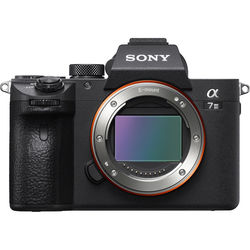 Sony A 7IV. This camera seems to defy the laws of engineering. I have long been an advocate of the Sony a7SIII. The “S” line of Sony alpha cameras is the most Sensitive to light and produce extremely clean images in low light. The tradeoff for this sensitivity is that it has a low resolution (only 12 megapixels).
Sony A 7IV. This camera seems to defy the laws of engineering. I have long been an advocate of the Sony a7SIII. The “S” line of Sony alpha cameras is the most Sensitive to light and produce extremely clean images in low light. The tradeoff for this sensitivity is that it has a low resolution (only 12 megapixels).
In contrast, the “R” line of Sony alpha cameras boasts unbelievable Resolution (61 megapixels on the a7RV) and incredible detail. The tradeoff for such high resolution is that it is less sensitive to light, so it requires longer shutter times, and has more noise compared to the S line.
The Sony a7 IV, marketed as an intro to full frame photography, defies the laws of the photography universe. It has the low-light capability of the S line but boasts a 33-megapixel sensor. Put another way, the Sony a 7IV can take images at ISO 12800 that look like they were shot at ISO 3200 (on par with the S line of Sony cameras). And with 33 megapixels, the Sony a7IV boasts nearly 3 times the resolution of my beloved Sony a7SIII.
Lenses
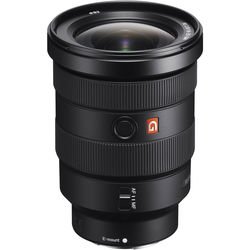 Sony 16-35 mm G Master f/2.8. This is my go-to lens when shooting in the Rockies. The landscapes are vast and the mountains fill the frame, even on a wide angle lens. All of the G Master lenses are tack sharp, and easy to focus.
Sony 16-35 mm G Master f/2.8. This is my go-to lens when shooting in the Rockies. The landscapes are vast and the mountains fill the frame, even on a wide angle lens. All of the G Master lenses are tack sharp, and easy to focus.
 Sony 24-70 mm G Master f/2.8. This is the lens I have on my camera when I’m traveling. A focal length of 24 mm is still wide enough for most landscapes, but I love the ability to switch to longer focal lengths. It also has nice bokeh at wider focal apertures which makes it a versatile lens for portraits or street photography.
Sony 24-70 mm G Master f/2.8. This is the lens I have on my camera when I’m traveling. A focal length of 24 mm is still wide enough for most landscapes, but I love the ability to switch to longer focal lengths. It also has nice bokeh at wider focal apertures which makes it a versatile lens for portraits or street photography.
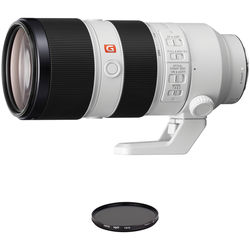 Sony 70-200 mm G Master f/2.8. The 70-200 mm is a ‘bread and butter’ lens for most portrait photographers. But as a landscape photographer, the ability to shoot at longer focal lengths can’t be understated. This is the latest addition to my gear bag, and I have to say I really missed this lens on my trip to Arizona; unfortunately, I opted to leave it behind due to luggage space and weight restrictions and consequently suffered lens envy for the rest of the trip. Some of the best images from that trip were taken with longer focal lengths.
Sony 70-200 mm G Master f/2.8. The 70-200 mm is a ‘bread and butter’ lens for most portrait photographers. But as a landscape photographer, the ability to shoot at longer focal lengths can’t be understated. This is the latest addition to my gear bag, and I have to say I really missed this lens on my trip to Arizona; unfortunately, I opted to leave it behind due to luggage space and weight restrictions and consequently suffered lens envy for the rest of the trip. Some of the best images from that trip were taken with longer focal lengths.
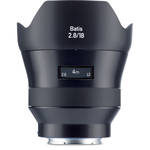 Zeiss Batis 18 mm f/2.8. Prime lenses are best for astrophotography, and Zeiss makes some of the sharpest lenses on the market. Prime lenses tend to be easier to focus to infinity, which in turn makes night shooting quicker and more efficient. The Batis also has a digital readout on the lens which makes noting where infinity is at a given aperture really easy. Couple that with the razor sharpness of Zeiss glass, and the Batis 18 mm f/2.8 is a beast for night photography.
Zeiss Batis 18 mm f/2.8. Prime lenses are best for astrophotography, and Zeiss makes some of the sharpest lenses on the market. Prime lenses tend to be easier to focus to infinity, which in turn makes night shooting quicker and more efficient. The Batis also has a digital readout on the lens which makes noting where infinity is at a given aperture really easy. Couple that with the razor sharpness of Zeiss glass, and the Batis 18 mm f/2.8 is a beast for night photography.
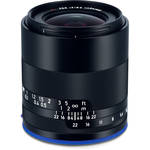 Zeiss Loxia 21 mm f/2.8. The Loxia was my first prime lens, and the reason why I continue to shoot with primes for astrophotography. It’s a manual lens, with a hard stop focus to infinity. This makes it a dream to focus. It also boasts the signature sharpness of a Zeiss lens. The best thing about this lens is the size; it is so small and lightweight that I can fit it in my pocket. I never have to make the choice to leave it behind.
Zeiss Loxia 21 mm f/2.8. The Loxia was my first prime lens, and the reason why I continue to shoot with primes for astrophotography. It’s a manual lens, with a hard stop focus to infinity. This makes it a dream to focus. It also boasts the signature sharpness of a Zeiss lens. The best thing about this lens is the size; it is so small and lightweight that I can fit it in my pocket. I never have to make the choice to leave it behind.
Other Gear
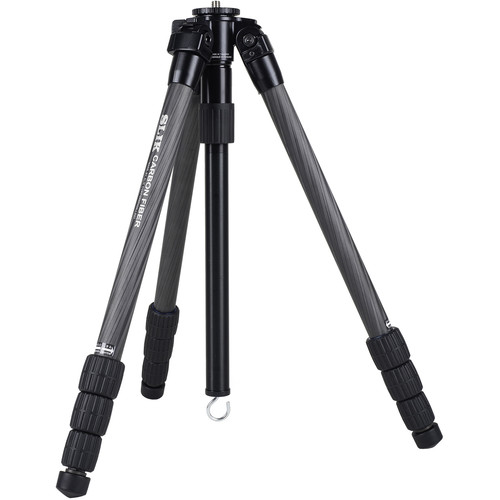 Slik USA CF-733 Tripod. I have worked with a lot of tripods during my time teaching photography workshops. There is nothing worse than spending thousands of dollars on equipment and then mounting it on a flimsy tripod. If you hike as much as I do you want something light weight but durable enough to stand up to the elements, and most importantly support the weight of your camera. I love this tripod. It gets extremely low to the ground, it isn’t too heavy to take hiking, but its durable enough to safely support any camera and lens. I also have the Slik Pro CF-634, and the SLIK Pro CF 834. I use the CF 634 when I want to bring a second tripod on a hike. It is a bit lighter and smaller than the CF-734, which makes it the perfect companion tripod when I’m worried about carrying extra weight. I use the CF-834 for mounting large lenses, or timelapse gear, as it is a bit beefier than the CF-734. Regardless of the legs I use, I always choose the SBH 100 DQ ball head.
Slik USA CF-733 Tripod. I have worked with a lot of tripods during my time teaching photography workshops. There is nothing worse than spending thousands of dollars on equipment and then mounting it on a flimsy tripod. If you hike as much as I do you want something light weight but durable enough to stand up to the elements, and most importantly support the weight of your camera. I love this tripod. It gets extremely low to the ground, it isn’t too heavy to take hiking, but its durable enough to safely support any camera and lens. I also have the Slik Pro CF-634, and the SLIK Pro CF 834. I use the CF 634 when I want to bring a second tripod on a hike. It is a bit lighter and smaller than the CF-734, which makes it the perfect companion tripod when I’m worried about carrying extra weight. I use the CF-834 for mounting large lenses, or timelapse gear, as it is a bit beefier than the CF-734. Regardless of the legs I use, I always choose the SBH 100 DQ ball head.
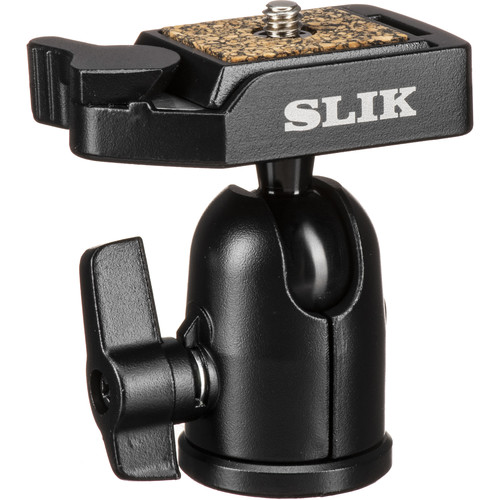 SLIK USA SBH 100 DQ Ball Head. A good Ball head is every bit as important as sturdy legs. I love the simplicity of this ball head. It is also super lightweight and allows me to get lower to the ground than using L brackets or larger ball heads. I like this particular ball head because it is so sturdy, has stood up to a ton of abuse, and I like that it has dual adjustment knobs.
SLIK USA SBH 100 DQ Ball Head. A good Ball head is every bit as important as sturdy legs. I love the simplicity of this ball head. It is also super lightweight and allows me to get lower to the ground than using L brackets or larger ball heads. I like this particular ball head because it is so sturdy, has stood up to a ton of abuse, and I like that it has dual adjustment knobs.
I don’t do a lot of droning, so I have limited experience with the various drones on the market. The Mavic Pro 3 has served me well, though. The best feature is its durability…
Warm gloves that you can operate your camera without exposing your fingers to the cold. Big gloves are not good for getting to your camera functions. I use a system from the Heat Company called the Heat 3 Smart Glove. This mitten folds back to reveal the inner liner glove with touch screen fingertips so you can operate your camera. Both the inner glove and the mitten have room for chemical hand warmers. I HIGHLY RECOMMEND these gloves. I have never had frostbite on my hands, and I have worked in temperatures below -40° Celsius. These are required gear for visitors on my winter workshops.
Atlas Packs. I have been using Atlas packs for the last 4 years. I have both the Athlete version, and the Adventurer version of this pack. The Athlete is a bit smaller and fits in all overhead bins on any airline. The Adventurer is a bit bigger and holds all of my gear. I can’t recommend this bag highly enough. It wears like a proper hiking pack with solid construction, comfortable shoulder straps and waist belt. In all the time I’ve owned these bags I haven’t had one broken zipper or pulled seam.
I hope you found this information useful. If you have any questions please don’t hesitate to contact me!
